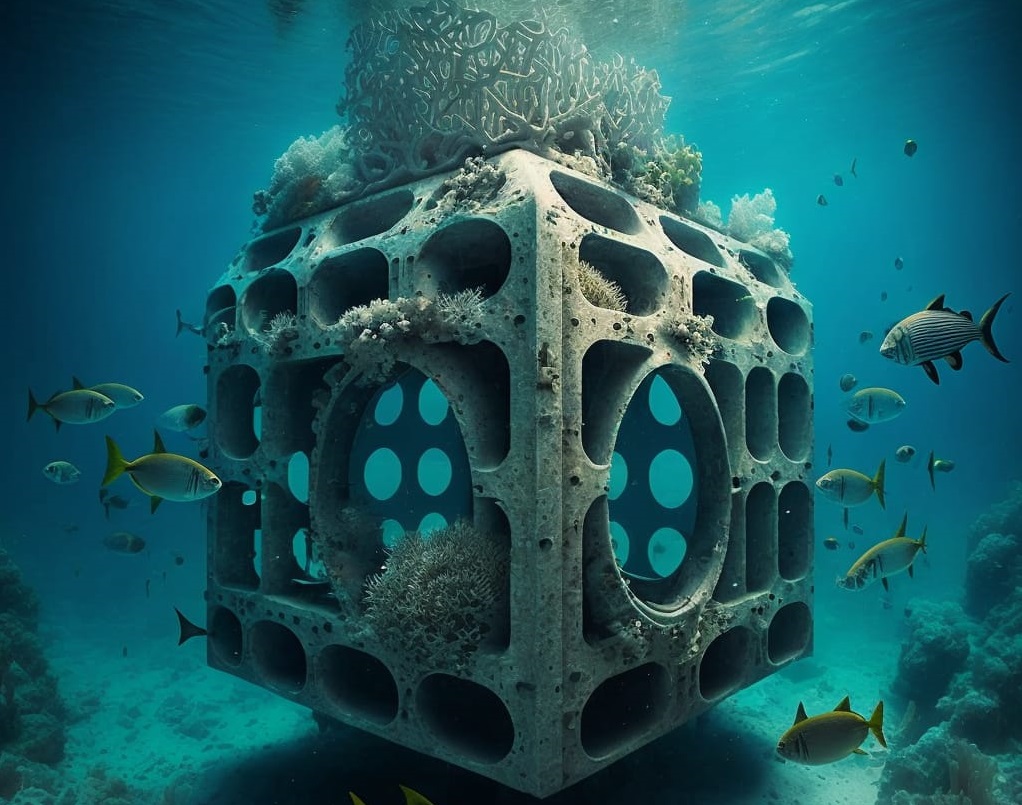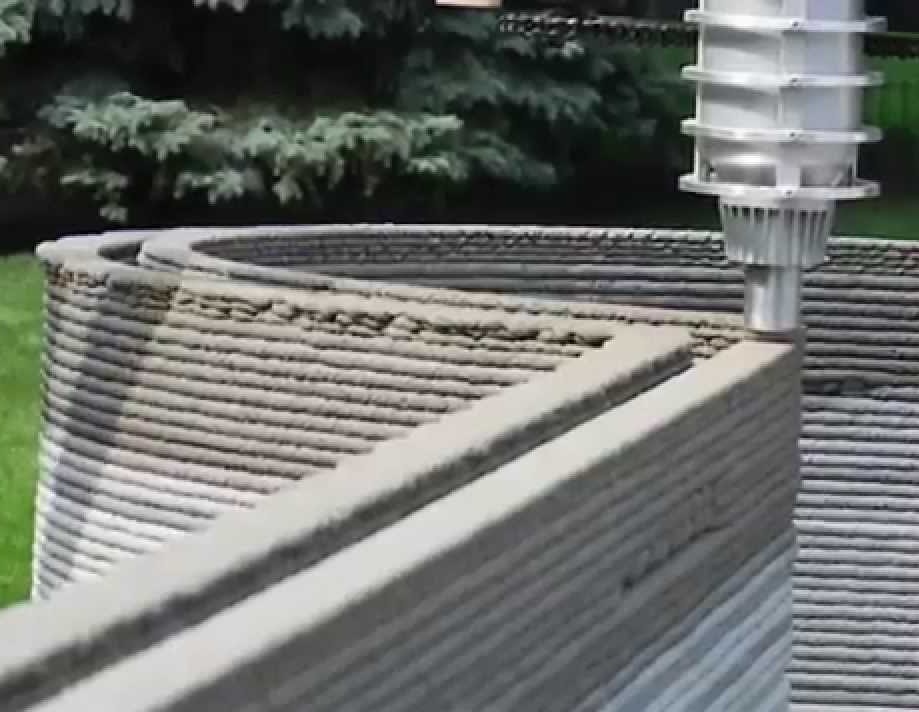
PROYECTO TED2021-129760B-I00 financiado por MCIN/AEI/10.13039/501100011033 y por la Unión Europea “NextGenerationEU”/PRTR
About SLAGREEF
The role of artificial reefs in marine conservation
Artificial reefs have become increasingly popular in recent years as a way to enhance marine biodiversity and restore fish populations. These are man-made structures that are designed to mimic the natural reef habitat constructed by marine organisms. The main goal of artificial reefs is to create new habitats in impacted areas supporting a diverse range of marine species that use them as a refuge from predators and fishers, thus helping the different marine animals populations to restore.
The installation of artificial reefs in Vilanova i la Geltrú represents a promising new approach to marine conservation and sustainable fishing practices. The project has the potential to significantly enhance not only the biodiversity of the local marine ecosystem but also the local fishermen activity with the so-called spillover effect.

Artificial reef designed by IA
Materials and 3D printing

3D concrete printer UPC Terrassa
The materials used for the artificial reefs can have a significant impact in their effectiveness, as well as on the marine environment. This project deals with the research and development of new materials, from the slag furnace residues to inert quarry waste, to manufacture artificial reefs with a 3D slag-concrete printer.
The concrete 3D printer is a revolutionary technology that allows the creation of innovative structures using concrete as basic material. This technology offers numerous advantages, such as the ability to create complex and customized shapes, and reducing waste and production costs. By utilizing this concrete 3D printer it is possible to design artificial reefs that provide a suitable habitat for marine life, thereby contributing to the preservation and restoration of marine animal populations.
Shallow water seafloor station
It is important to monitor and evaluate the environmental impact of the artificial reefs to ensure that they are being used in a responsible and sustainable way. A visual inspection of fauna with a concomitant acquisition of environmental data is of pivotal importance for the habitat restoration monitoring.
A new shallow water seafloor station is designed and deployed in the new artificial reef position. This seafloor station will include cameras and multiparametric probes that will be powered by their own batteries, with the additional possibility to be connected to a seabed platform (OBSEA, www.obsea.es) which provides external power and real-time communication to a shore station.

OBSEA
Project Brief
The main goal of the project is to design and prototype an artificial reef using 3D printers with sustainable materials and methodologies. In order to choose the right material, some parameters need to take into account such as the waste generated and the cost of production.
The main objectives are oriented to:
- Address a circular economy solution for quarry waste residues.
- Develop a new seafloor monitoring system and tools for the assessment of artificial reefs.
- Solve restoration of damaged ecosystems.
- Protect coastal environment from climate change.
- Foster 3D printing large scale automation and digital solutions.
- Provide research for the future and come up with innovative ideas.
The project design new procedures for artificial reefs manufacturing and its assessment that would be exploited in future projects oriented to habitat restoration.
- Design artificial reef prototypes from new concrete mixtures. Work will need to be done to ensure that laboratory-designed mixtures are feasible for the manufacture of shapes and structures, such as those required for artificial submarine reef formation.
- To study economic viability of the products and to study the market place and future opportunities.